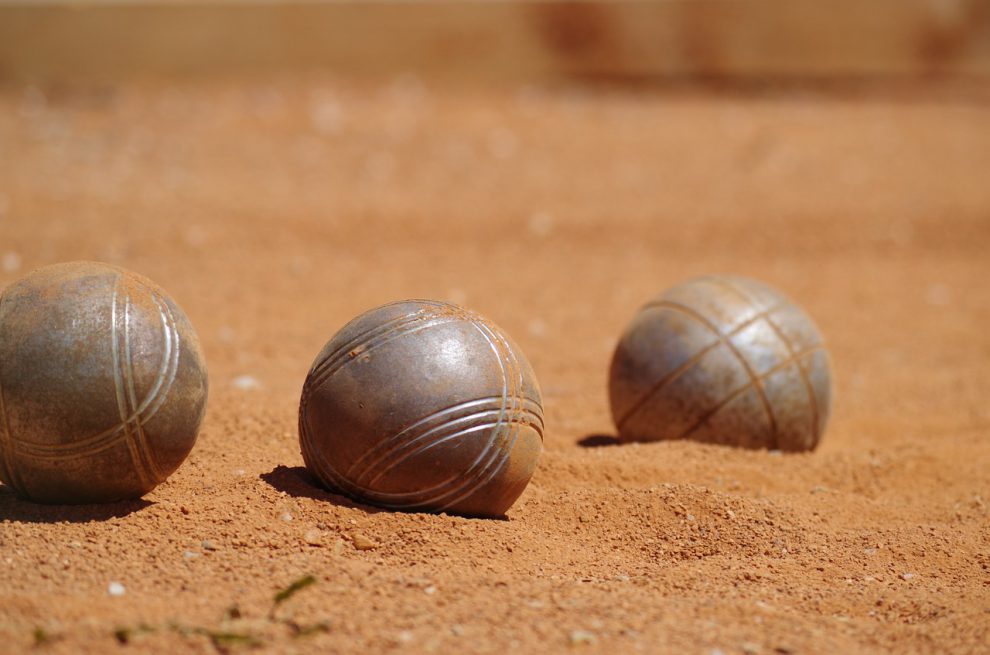All ball games have their roots in ancient history and, believe it or not, Petanque is one of them. While the game was officially invented in Provence, there is evidence that suggests some versions of it were played in ancient times. This is how the sport we know and love came to be.
First Boule Games
Around the 6th century, there were a few games similar in nature to Petanque. The Ancient Greeks were known to throw various objects, balls included, to see how far they could throw or roll them. As much of the Greek culture, the Romans adopted and modified it slightly, turning the game into hitting a target or landing a ball close to it. The balls used were made of stone.

The Gauls took the game from the Romans and, since they were not as skilled in stonework, made their balls of wood, specifically boxwood. By this point, the game started spreading out in Europe, though it was banned in some places. In England, for example, in the Middle Ages, King Henry III didn’t allow his soldiers to play the game since he feared it would take away the time they could be spending honing their skills.
By the 19th century, the game adopted many names, but, in France, it was called boules. A version of the game was played in the southern regions with the name jeu provençal. The difference between the game and Petanque was that the players were allowed and expected to take a few steps before hurling their ball.
Petanque
Petanque was born in 1910 in the town of La Ciotat in Provence. It came to be when one of the former players was plagued by rheumatism so strong he could barely stand. His name was Jules Lenoir. He was devastated when he realized he could no longer partake in his favorite pastime. Luckily, a friend of his named Ernest Pitiot developed a variant of the game where the contestants would not move while throwing the ball. The game was already attracting players from all corners of the country, albeit in its older form, and Pitiot and his brother made a pretty penny by allowing spectators to watch the events and bet on them. The name of the new game stems from pieds tanqués, meaning feet planted on the ground. Pitiot later even hosted the first tournament.

About 10 or so years later, the material from which the balls were made changed to metal. La Boule Intégrale was the first official Petanque ball made entirely of metal, an alloy of aluminum and bronze. In 1925, this new ball was accepted by the Union Nationale des Fédérations de Boules for official competitions.
A couple of years later, the first steel ball was introduced. As the years went by, the number of players started to rise and reach hundreds of thousands. After he was laughed out of a meeting for the Montpellier tournament for proposing Petanque as one of the games in 1943, he organized his own league that same year. The rest is history – Petanque is now played by players all over the globe.








